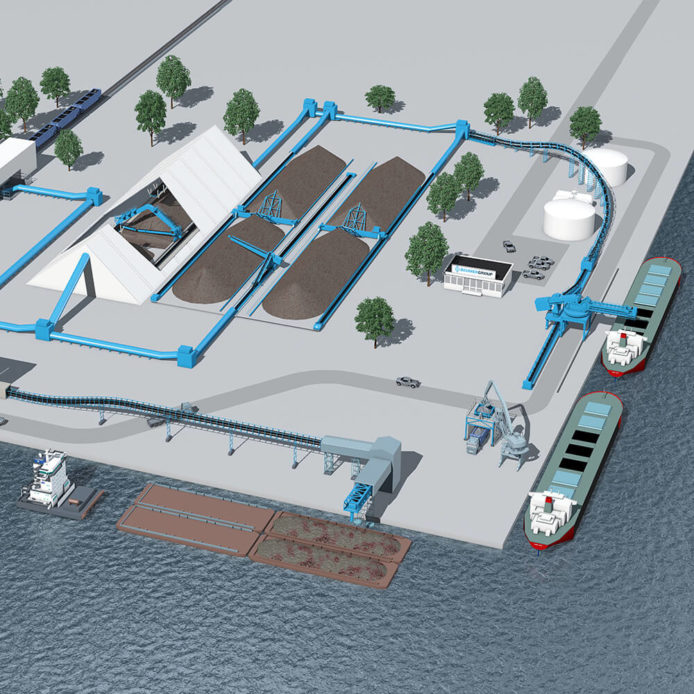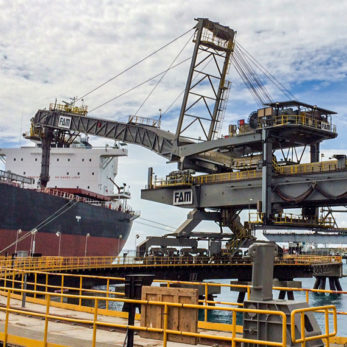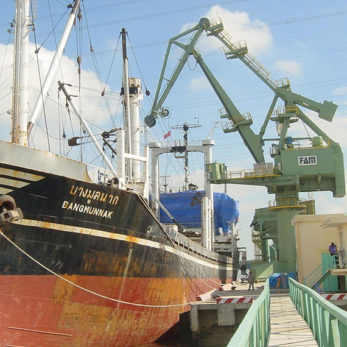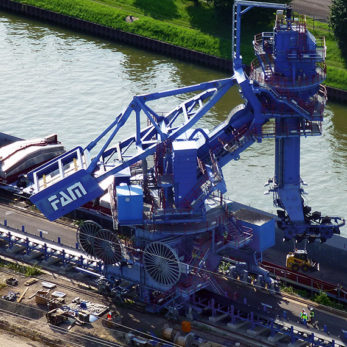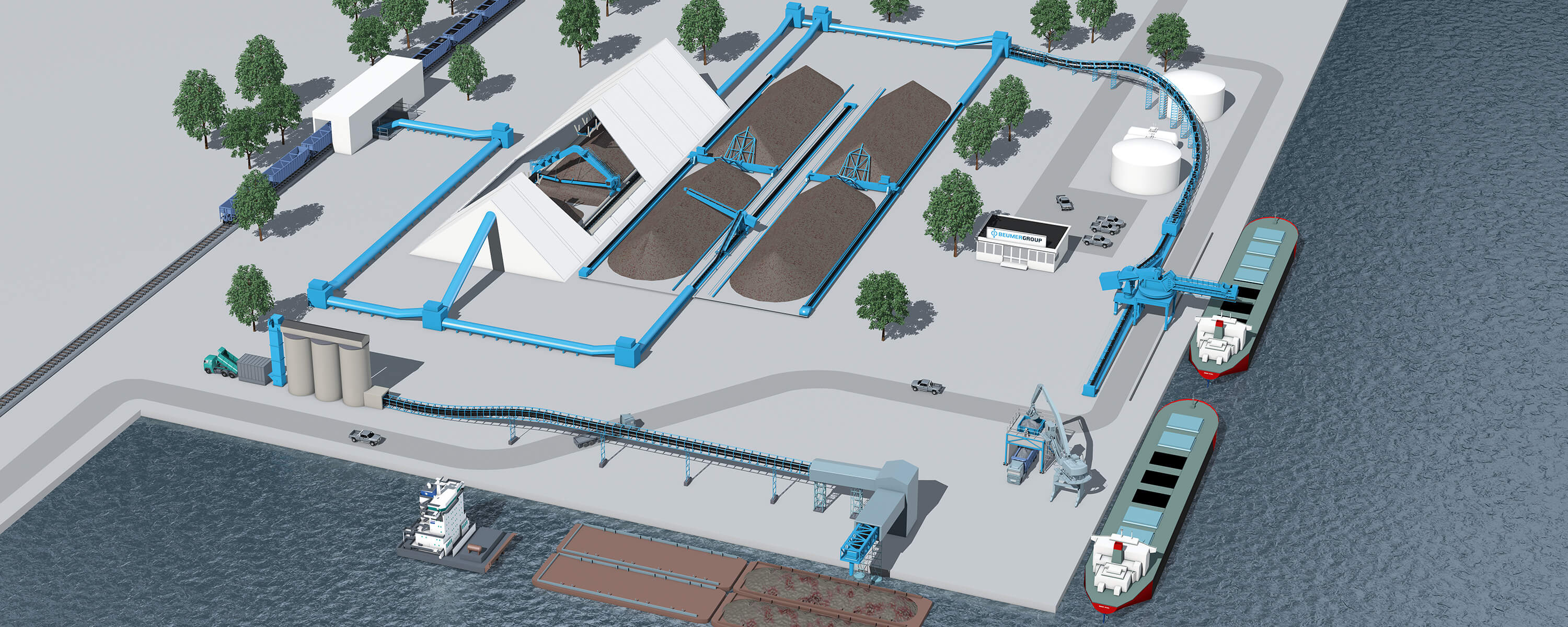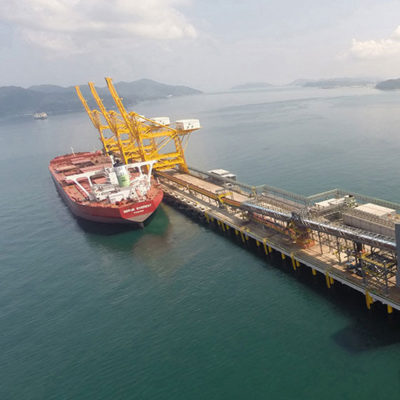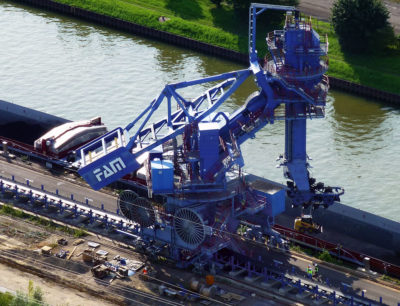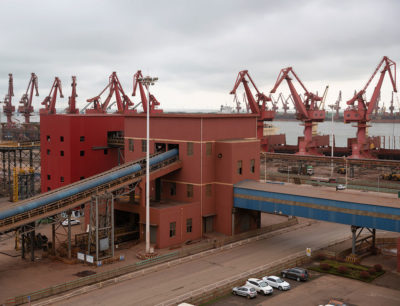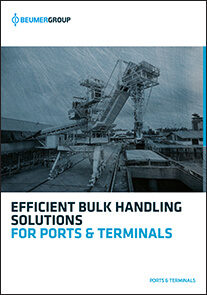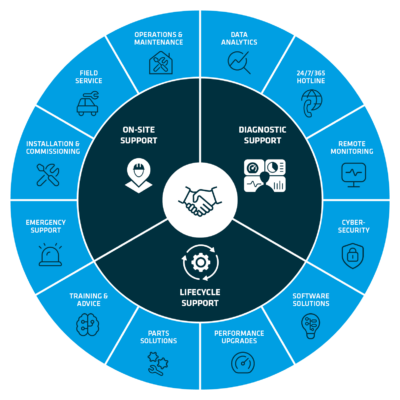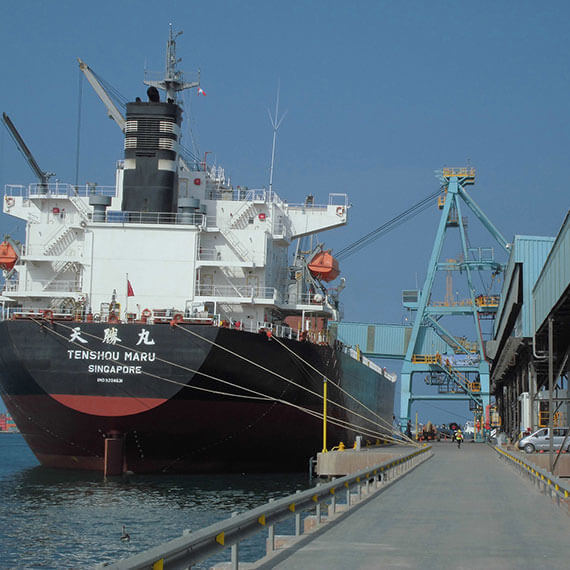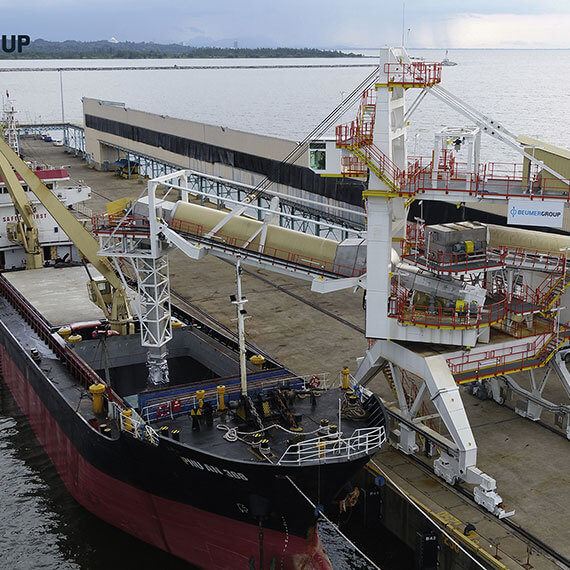From the 1960s to 2014, the volume of sea freight increased fivefold. From the start of the new millennium to 2014 alone, sea freight traffic increased by 70%.
Oil is consistently amongst the most shipped goods, roughly one fifth of sea freight is this essential commodity, followed by cargo containers, which make up roughly 16% of the total. Bulk materials such as iron ore, coal, grain, bauxite and alumina as well as phosphate rock have a combined share of almost one third of all sea freight. Bulk carriers today have loading capacities of up to 400,000 tonnes and the ships reach lengths of up to 350 or 400 metres.
The relatively inexpensive transportation costs of seaborne freight in comparison to air freight and rail transport are driving this rapid growth. In 2014, for example, a TEU container (Twenty-foot Equivalent Unit) with 20 tonnes of freight from China (Shanghai) to Northern Europe cost only 1,160 US dollars. Looking at the capacity or transport volume of container ships alone tells a compelling story. At the end of the 1960s there were just under 800 TEU containers, and at the beginning of the 1990s 4,000 TEU containers, today container ships with a capacity of over 20,000 TEU containers are sailing the friendly seas. International freight forwarders ship consignments either as a partial load of a container (LCL – Less Than Container Load) or the consignment fills the entire container (FCL – Full Container Load). Shipment tracking works by means of GPS.
According to the International Chamber of Shipping (ICS), around 50,000 ships from 150 nations with one million crew members make up the sea freight logistics industry. Five countries control half of the ocean freight volume – Greece (16%), Japan (13%), China (9%), Germany (7%) and Singapore (5%).















